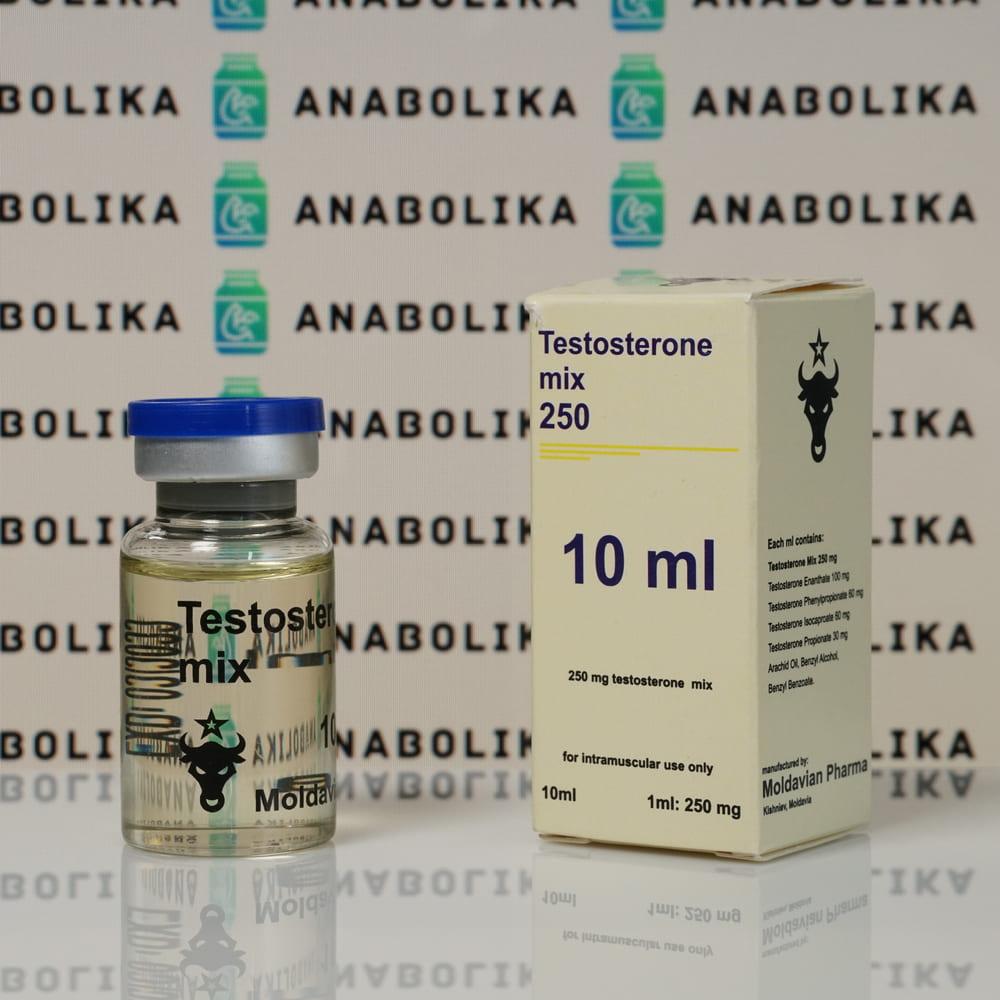
Welcome to the glittering world of diamonds, where beauty meets responsibility. In this article, we’ll dive deep into the Kimberley Process, a crucial initiative aimed at ensuring that the diamonds adorning our fingers and necks come with a clean conscience. From its humble beginnings to its current global impact, we’ll explore the ins and outs of this remarkable endeavor.
Table of Contents
Introduction to the Kimberley Process
What is the Kimberley Process? The Kimberley Process is an international certification scheme established in 2003 to prevent the trade of conflict diamonds, also known as blood diamonds. These are diamonds mined in war zones and sold to finance armed conflict against governments.
Importance of regulating the diamond trade The diamond industry plays a significant role in many economies, but its unchecked exploitation can have devastating consequences. By regulating the trade, the Kimberley Process aims to promote ethical practices and protect human rights.
Origins of the Kimberley Process
Historical context In the late 1990s, reports emerged of rebel groups in Africa funding their activities through the sale of diamonds. These conflict diamonds fueled violence and instability in countries like Sierra Leone and Angola, prompting global outrage and calls for action.
Need for intervention Recognizing the urgency of the situation, governments, industry leaders, and civil society organizations came together to devise a solution. The result was the Kimberley Process Certification Scheme, named after the city of Kimberley in South Africa, where the initiative was first proposed.
Key Objectives
Preventing conflict diamonds At its core, the Kimberley Process seeks to eliminate the trade in conflict diamonds by implementing strict controls and oversight mechanisms throughout the diamond supply chain.
Promoting ethical practices Beyond merely avoiding conflict diamonds, the process encourages responsible sourcing practices that uphold human rights, labor standards, and environmental sustainability.
Ensuring transparency By requiring participating countries to issue certificates for all rough diamond exports, the Kimberley Process fosters transparency and accountability in the diamond trade.
Participant Countries
Members and non-members Over 80 countries are members of the Kimberley Process, representing approximately 99.8% of the global diamond trade. Non-member countries are encouraged to adhere to the process’s principles through diplomatic pressure and economic incentives.
Role of governments and industry Governments play a crucial role in implementing and enforcing the Kimberley Process regulations within their jurisdictions, while industry stakeholders are responsible for compliance and due diligence in their operations.
Certification Process
How diamonds are certified Before any rough diamond can be exported, it must be accompanied by a Kimberley Process certificate, verifying its origin and legitimacy. These certificates are issued by government authorities and validated by independent auditors.
Monitoring and tracking systems To ensure compliance, the Kimberley Process utilizes a range of monitoring and tracking mechanisms, including tamper-resistant packaging, serial numbers, and electronic databases. These tools help trace the journey of each diamond from mine to market.
Challenges and Controversies
Loopholes and shortcomings While the Kimberley Process has made significant strides in combating conflict diamonds, it is not without its challenges. Critics point to loopholes in the system, such as smuggling and false declarations, which undermine its effectiveness.
Criticisms from NGOs and industry experts Some NGOs and industry experts argue that the Kimberley Process’s narrow focus on conflict diamonds overlooks other issues, such as human rights abuses and environmental degradation, associated with diamond mining.
Impact on Diamond Industry
Changes in supply chain practices The implementation of the Kimberley Process has led to fundamental changes in the diamond industry’s supply chain practices, with greater emphasis placed on transparency, traceability, and responsible sourcing.
Market perception and consumer awareness As consumers become more informed about the origins of their diamonds, there is growing demand for ethically sourced and certified stones. This shift in consumer behavior has prompted industry players to prioritize ethical considerations in their operations.
Success Stories
Cases of conflict prevention The Kimberley Process has successfully prevented several potential conflicts by disrupting the flow of illicit diamonds and cutting off a vital revenue stream for armed groups. Countries like Sierra Leone and Liberia have seen significant improvements in stability and development as a result.
Positive outcomes in diamond-producing regions In addition to conflict prevention, the Kimberley Process has contributed to positive social and economic outcomes in diamond-producing regions, including infrastructure development, education, and healthcare initiatives.
Future Directions
Potential improvements Looking ahead, there is room for the Kimberley Process to evolve and strengthen its impact. This may involve enhancing monitoring mechanisms, expanding the scope to address broader issues, and fostering greater collaboration among stakeholders.
Expansion and adaptation to new challenges As the lab made diamonds continues to evolve, the Kimberley Process must adapt to emerging challenges, such as technological advancements, changing market dynamics, and evolving geopolitical landscapes.
Global Efforts and Collaborations
Cooperation with other initiatives The Kimberley Process collaborates closely with other international initiatives, such as the United Nations Sustainable Development Goals and the OECD Due Diligence Guidance for Responsible Supply Chains.
United Nations involvement The United Nations has recognized the Kimberley Process as a critical tool for conflict prevention and sustainable development, highlighting its role in promoting peace and security in diamond-producing regions.
Public Awareness and Education
Importance of consumer awareness Educating consumers about the Kimberley Process and the importance of buying certified diamonds is essential for driving demand for ethically sourced stones and holding industry players accountable.
Role of media and advocacy groups Media coverage and advocacy campaigns play a vital role in raising awareness about the issues surrounding diamond mining and promoting greater transparency and accountability in the industry.


![How to Resolved [pii_email_947a8a5da595cf38a0e1] in 2021?](https://i.ibb.co/s6sRtTj/pii-email-85742aa49b225102f1b4.jpg)